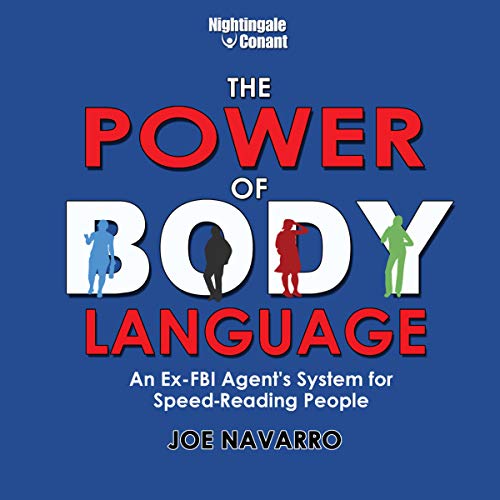📘 Reading the Room: What Teachers Can Learn from The Power of Body Language by Joe Navarro
Teaching isn’t just about words — it’s about understanding what’s not being said.
In his book The Power of Body Language, former FBI agent Joe Navarro explores how nonverbal cues reveal emotions, intentions, and levels of comfort long before anyone speaks. While his stories often come from high-stakes interrogations and negotiations, the lessons apply beautifully to the classroom.
As teachers, we spend every day decoding our students’ moods, motivation, and engagement. Navarro’s insights help us do this more accurately — and use our own body language more deliberately.
1. Reading Comfort and Discomfort in the Classroom
One of Navarro’s core ideas is that all nonverbal behaviour stems from either comfort or discomfort.
When students feel safe and confident, their bodies naturally open up: shoulders relax, faces soften, they lean forward and make eye contact. When anxious, disengaged, or defensive, they close in — crossed arms, fidgeting, avoiding gaze, or turning slightly away.
Recognising these cues can transform how we respond in the moment.
A student who suddenly slouches or looks away during questioning might not be bored — they might be overwhelmed. Spotting discomfort early lets us adjust our approach, rephrase a question, or build reassurance before anxiety escalates.
⸻
2. Using Body Language to Build Trust
Navarro reminds us that people don’t just read what we say — they read how we are when we say it. For teachers, this means our stance, gestures, and tone often matter more than our lesson slides.
• Standing slightly side-on can appear less confrontational when giving feedback.
• Maintaining consistent, calm eye contact signals confidence and respect.
• Mirroring positive gestures (like nodding or open palms) helps build rapport subconsciously.
Students, especially teenagers, are acutely sensitive to authenticity. When our body language aligns with our message — calm, open, and assured — it strengthens classroom relationships and reduces behavioural friction.
⸻
3. Understanding Silence and Micro-Moments
Teachers are used to scanning rooms quickly: 30 faces, all communicating silently.
Navarro encourages us to slow down and notice micro-moments — tiny shifts in expression, posture, or movement that reveal real feelings.
For instance:
• A raised shoulder may signal tension before a student speaks.
• A compressed lip might mean frustration they don’t yet want to voice.
• A foot pointing towards the door can indicate someone is disengaged or ready to leave.
By tuning into these signals, we can catch disengagement before it becomes disruption, or support a student before they shut down entirely.
⸻
4. Leadership and Staff Communication
Navarro’s lessons aren’t just for the classroom. As educators and leaders, body language shapes how colleagues perceive us.
Whether delivering CPD, leading a department meeting, or conducting a performance review, our nonverbal presence sets the emotional tone.
Navarro’s concept of congruence — ensuring our facial expressions, tone, and posture match our message — is especially valuable in leadership. A reassuring smile when giving constructive feedback, or an open stance when listening to staff concerns, reinforces trust far more effectively than polished words alone.
⸻
5. Key Takeaways for Teachers
Principle Classroom Application
Comfort vs. Discomfort Spot when students feel secure or anxious and adjust pace, questioning, or support accordingly.
Clusters over single cues Don’t judge one crossed arm — look for patterns of disengagement before assuming meaning.
Baseline behaviour Know each student’s “normal” body language so you can spot genuine changes in mood.
Context is everything The same posture can mean different things during a test, discussion, or breaktime.
Nonverbal congruence Align tone, expression, and gesture to communicate authenticity and empathy.
⸻
Final Thoughts
The Power of Body Language is far more than a book about reading people — it’s a guide to becoming more emotionally intelligent and empathetic in our communication. For teachers, it’s a reminder that every lesson is a dialogue between spoken and unspoken signals.
By observing, interpreting, and projecting body language more thoughtfully, we not only understand our students better but also create classrooms that feel safer, calmer, and more human.



